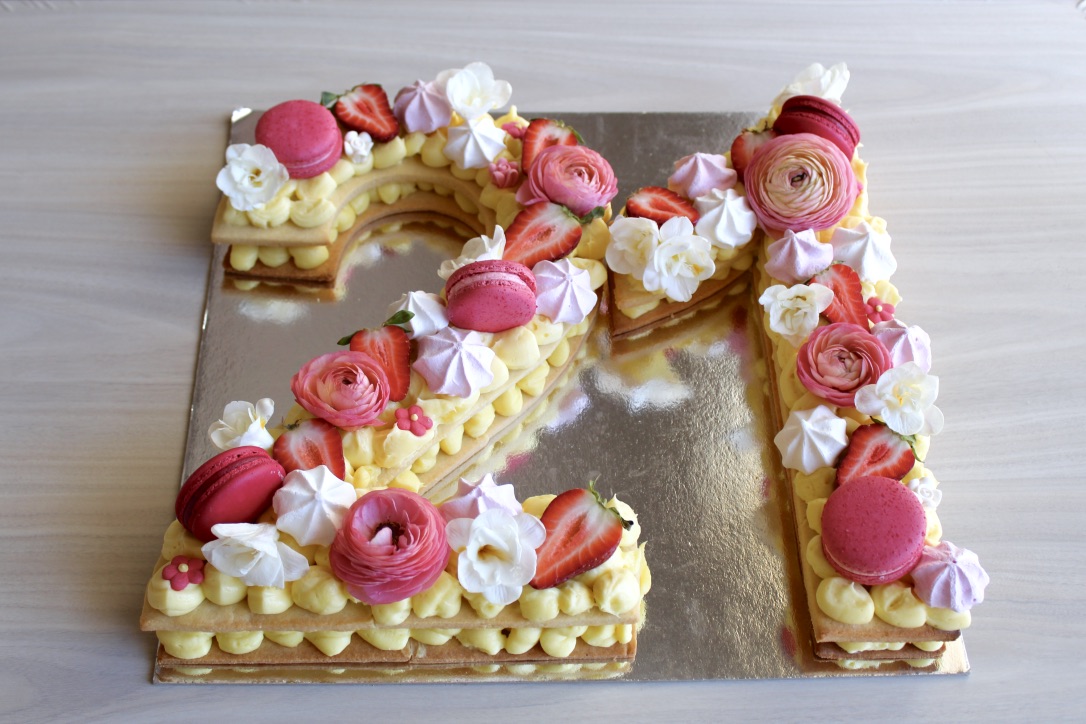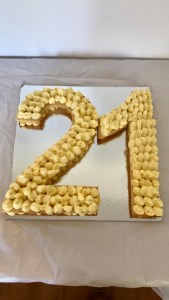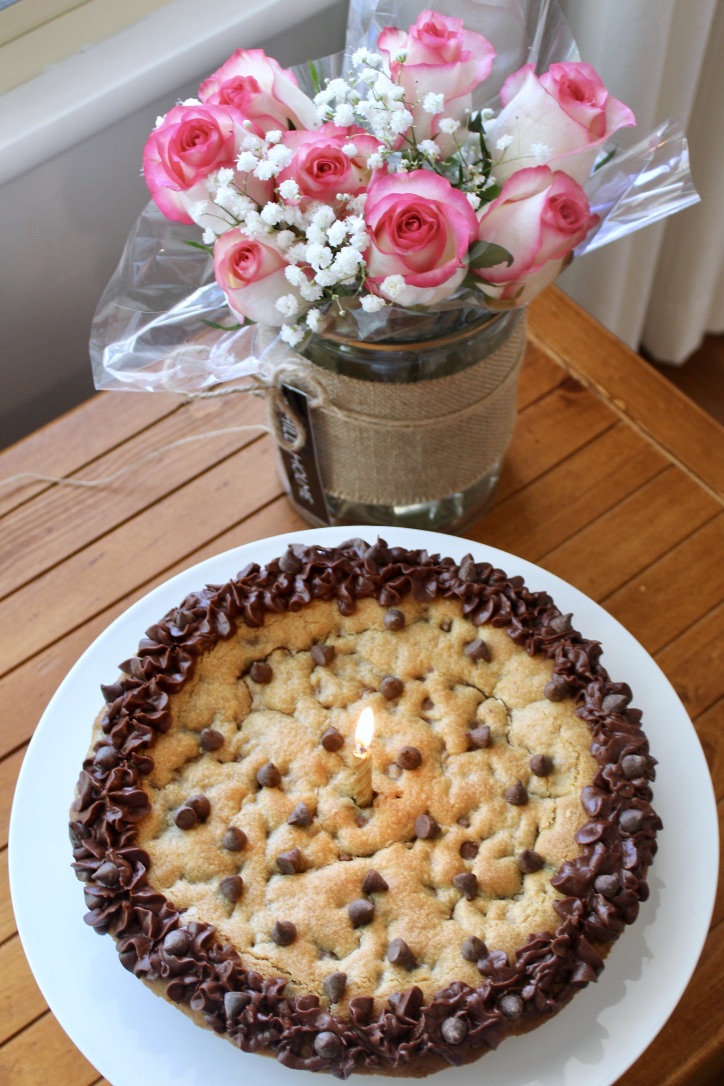These adorable trifles are an ideal finish to a big meal (such as Christmas dinner) as they are light and fresh with zesty lemon curd and pops of blackberry. I’ve made 9 individual trifles here, but it also works as one large trifle for a Christmas centrepiece, you may just need to add some chantilly cream on top of the lemon curd layer to get sufficient height.
You’ll want to make the meringues, sponge and curd the day ahead so all you need to do is assemble.
Ingredients (serves 9)
Meringues
3 egg whites
pinch of salt
3/4 cup caster sugar
1½-2 cups luscious lemon curd (or bought curd if you prefer)
1 vanilla sponge cake (or bought if you prefer)
2 x 300g jars blackberry jam (I use Beerenberg)
900g vanilla custard (I used Paul’s Double Thick Custard in French Vanilla)
2 punnets fresh blackberries
Edible flowers (optional)

Method
To make the meringues, preheat oven to 100°C. Line 2 large trays with baking paper. Use a stand mixer with the whisk attachment to beat the egg whites with a pinch of salt until stiff peaks form. Add sugar, a table spoon at a time, beating until the sugar has dissolved between each addition. Keep beating until all of the sugar has been added and the mixture is thick, white and glossy. Transfer to a large piping bag with a large star nozzle (I used Wilton’s 2M). Pipe approximately 50 small rosettes of meringue onto the trays. Bake for 1 hour and 15 minutes, then turn off the oven, prop open the door and leave to cool completely.
Cut the sponge cake in half and spread each half with a layer of blackberry jam. Then carefully cut the sponge cake into small cubes.
To assemble the trifle, put a layer of sponge cake pieces in the bottom of each glass, trying to get a flat and even layer. Spoon approximately 1 teaspoon of extra blackberry jam per glass and spread over the top of the sponge pieces.
Spoon a thick layer of vanilla custard on top of the jam, followed by a generous dollop of lemon curd, then top with crushed meringue pieces and blackberries cut in half (approximately 6 halves per glass).
Repeat the layers – sponge cake, blackberry jam, custard and curd. Then top with a few whole meringues, a couple of blackberries and an edible flower. If not serving immediately, leave off the meringues from the top until just before serving so they stay crisp.
Enjoy!
Meringue recipe adapted from Merle’s Kitchen by Merle Parrish.


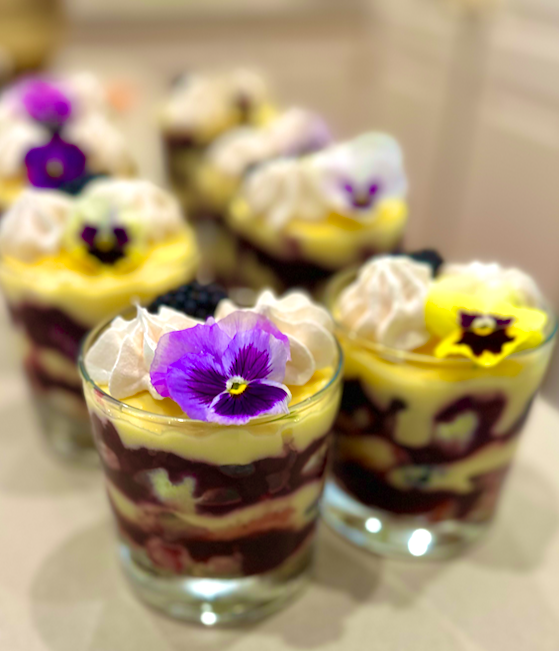


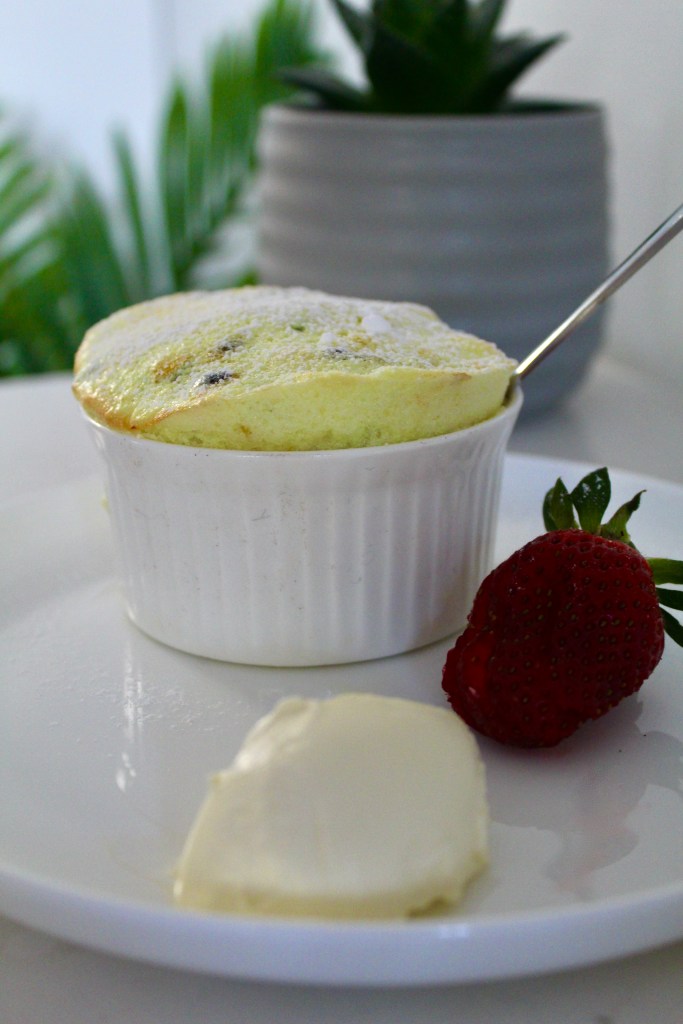








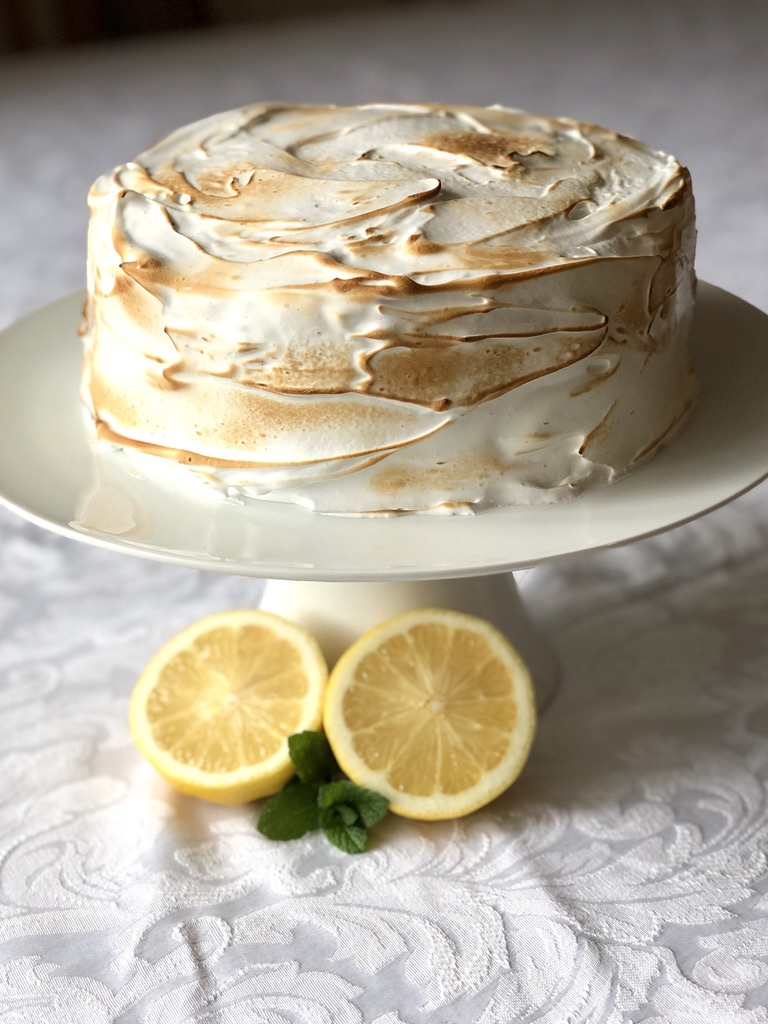
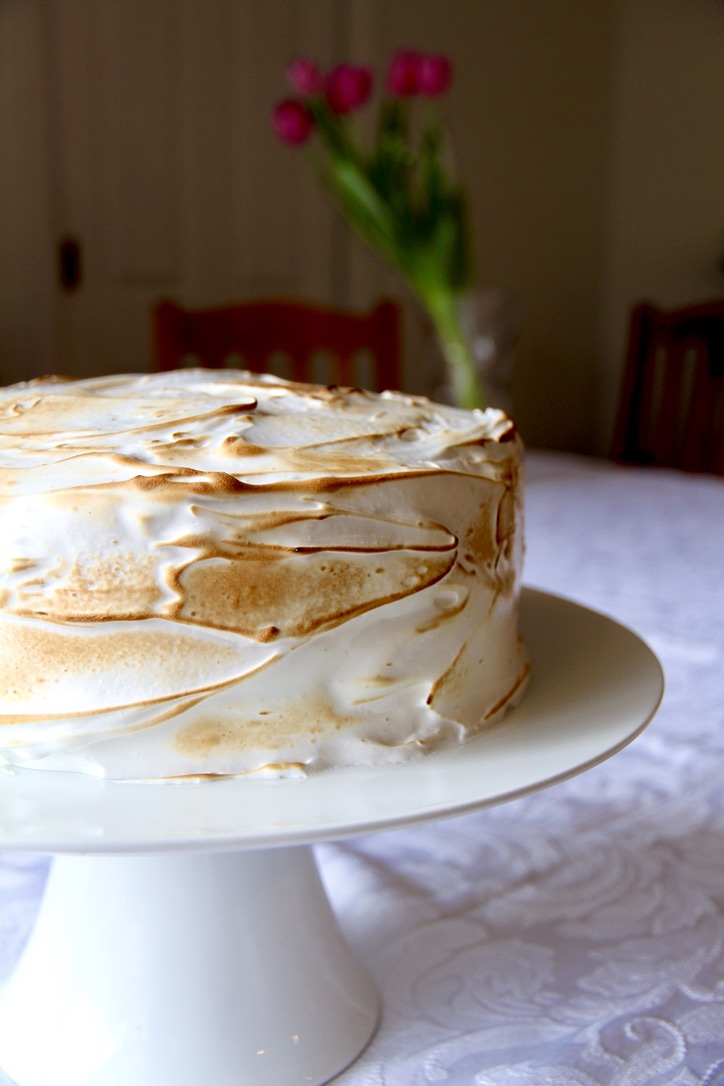
 Lemon curd adapted from My Baking Addiction microwave lemon curd.
Lemon curd adapted from My Baking Addiction microwave lemon curd.




